Reproduction in Plants Worksheet-1
(a) Smooth and sticky (b) Smooth and rough
(c) Rough and dry (d) Rough and sticky
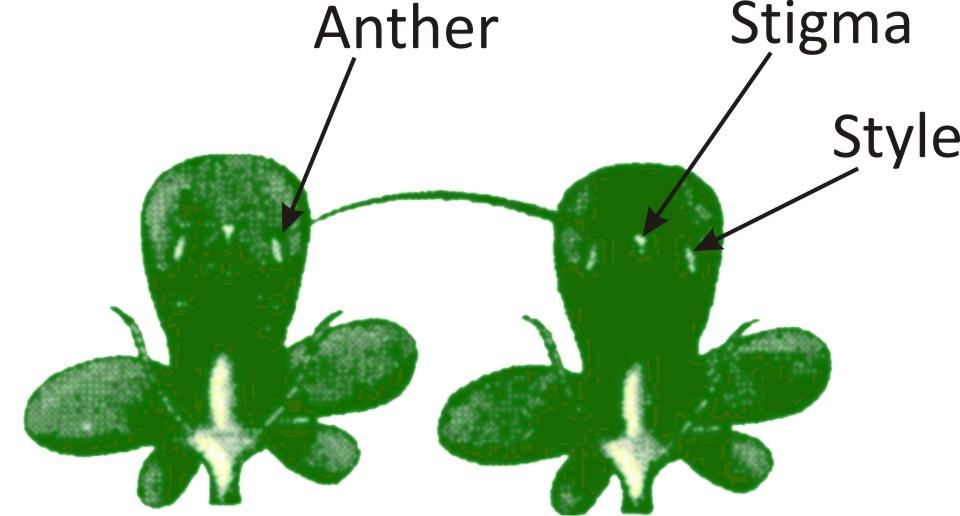
(a) Apples (b) Pears
(c) Peach (d) Both Apples and Pears
(i) The root grows first.
(ii) The seedling obtains the food it needs from the cotyledons.
(iii) The part that comes out next is the shoot.
(iv) It grows downwards because of gravity.
(v) The seedling develops its leaves and starts making food.
(vi) More leaves will develop as the plant grows.
(vii) The seed leaves now no longer needed, wither, die and fall off.
(a) (i) → (iii) → (ii) → (iv) → (v) → (vii) → (vi)
(b) (i) → (iii) → (v) → (iv) → (ii) → (vii) → (vi)
(c) (i) → (iv) → (iii) → (v) → (ii) → (vii) → (vi)
(d) (i) → (iv) → (iii) → (ii) → (v) → (vii) → (vi)
(a) 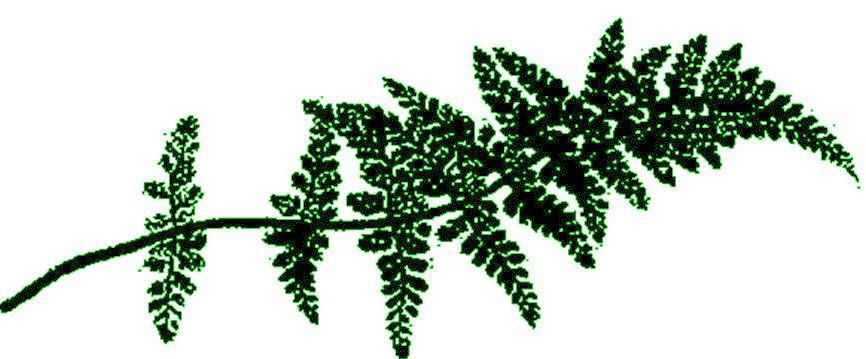
(b) 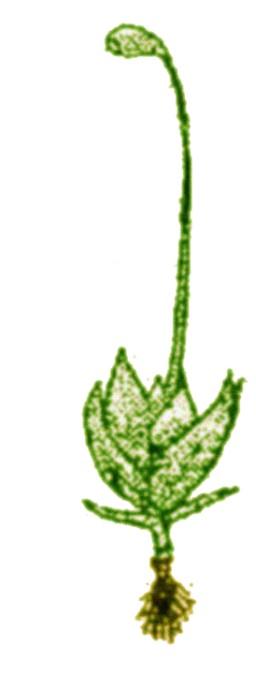
(c) 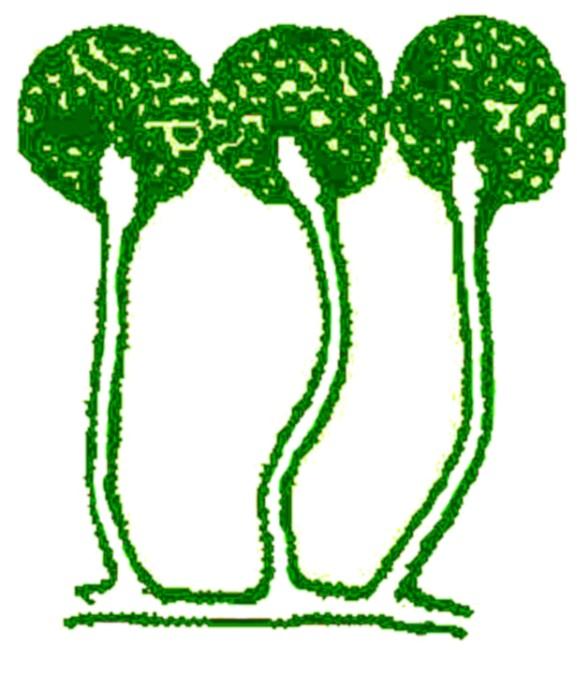
(d) 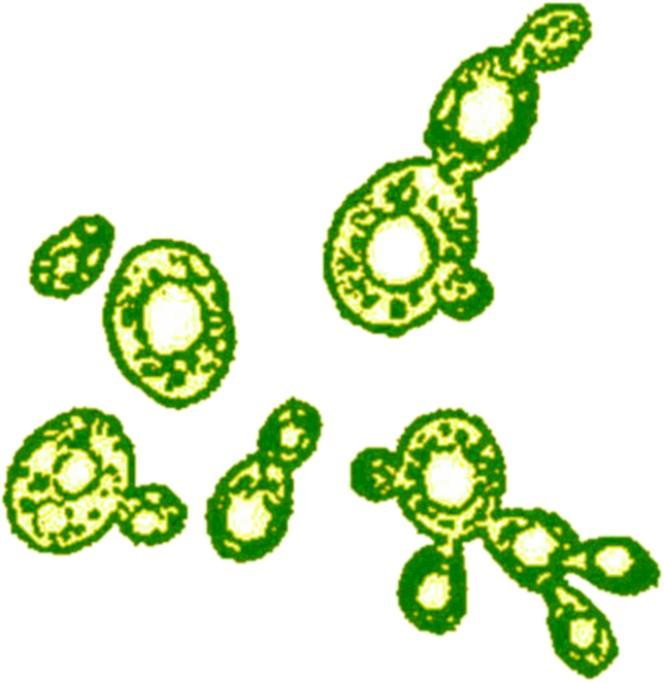
(a) They do not produce seeds
(b) The incidence of disease may be reduced
(c) The seeds are not viable
(d) All of these
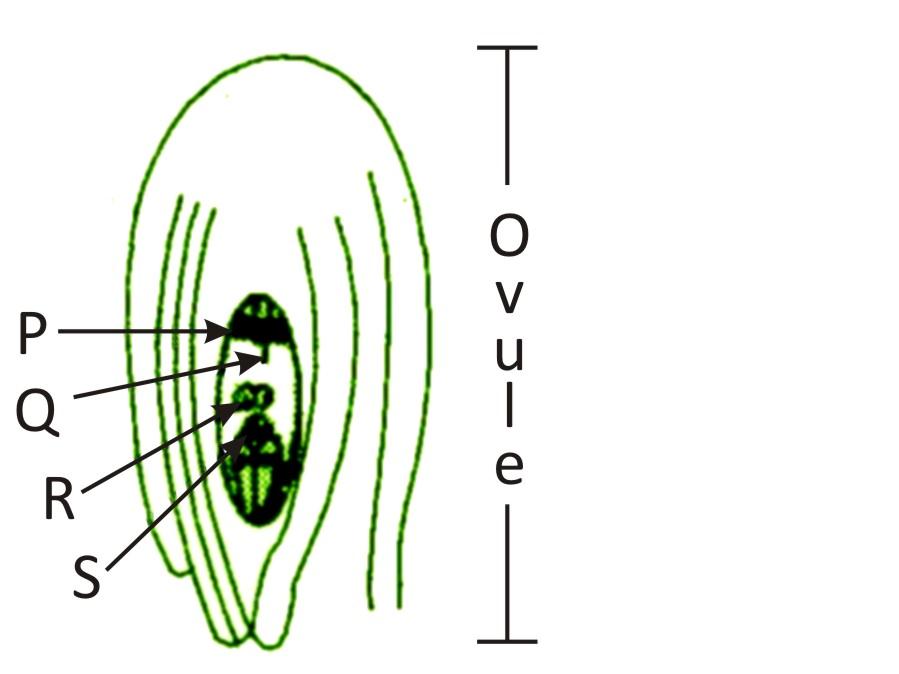
(a) P (b) Q (c) R (d) S
(a) A flower that contains all four parts is known as complete flower.
(b) A flower that contains only make or female parts is known as incomplete flower
(c) A flower which contains only male or female parts is called bisexual flower
(d) A flower which contains both male and female parts is called bisexual flower.

Which one of these correctly shows X, Y and Z based on the above mapping?
(a) X: Bird’s nest fern; Y: Begonia; Z: Papaya
(b) X: Bird’s nest fern; Y: Pineapple; Z: Begonia
(c) X: African violet; Y: Begonia; Z: Staghorn fern
(d) X: Staghorn fern; Y: Papaya; Z: Pineapple
Plants – Reproduce from
Bean – Seeds
plant – Spores
X – Y
Onion
What would you place in X and Y ?
(a) X: Fern; Y: Spores
(b) X: Pineapple; Y: Suckers
(c) X: Moss; Y: Underground stems
(d) X: Moss; Y: Leaves
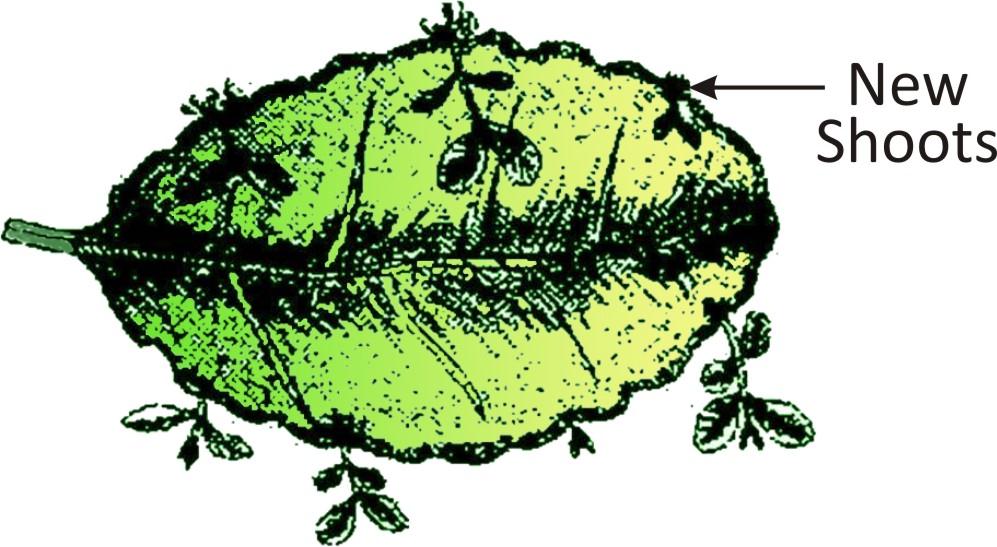
(a) Rose (b) Bryophyllum
(c) Bougainvillea (d) Morning glory
(a) It contains the sperm cells
(b) It is brightly coloured to attract insects
(c) It holds the embryo
(d) It is produced by the pistil
(a) Rose (b) Pine (c) Moss (d) Oak
Answer Key: